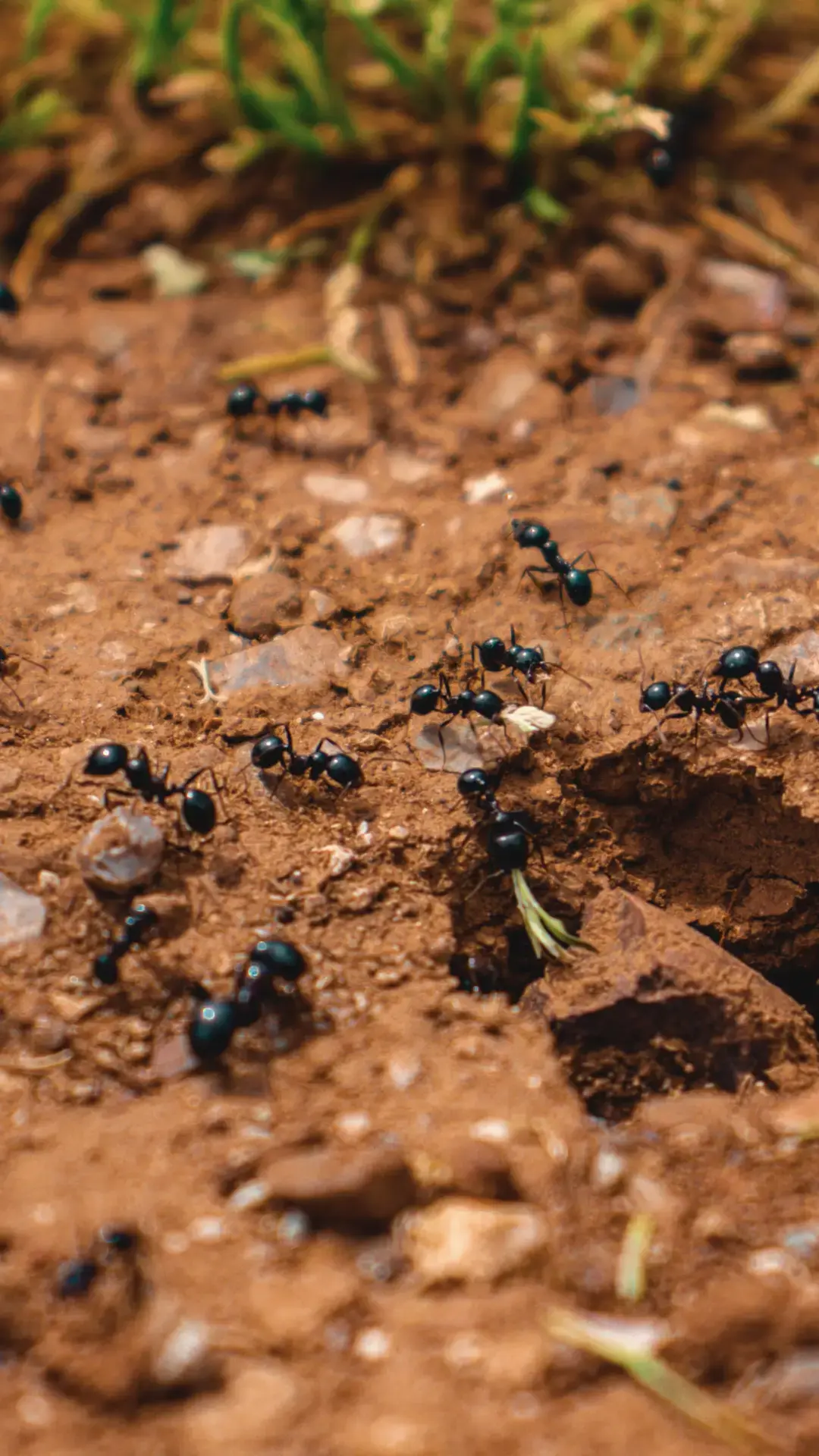Reliable Ant Extermination Services
Serving Long Island | Queens | Nassau County | Suffolk County
Ants are one of the most troublesome pests across Long Island; known for their rapid multiplication and ability to invade spaces in large numbers. Trying to handle these infestations on your own can be overwhelming, if not impossible, due to their complexity and scale. Got ants in your kitchen? Rely on EM Pest Control, located in Uniondale, NY for expert local ant management! As leading experts in ant control, we are fully equipped to manage ant infestations of any size with precision and attention.


-1.jpg?width=1920&height=1080&name=image-800x400%20(1)-1.jpg)
.png?width=1920&height=1080&name=odorous20(1).png)
.jpg?width=1920&height=1080&name=carp20x20px).jpg)
.jpg?width=1000&height=1000&name=_(10002040020(8002040020(5002050020(1000201000%20px).jpg)